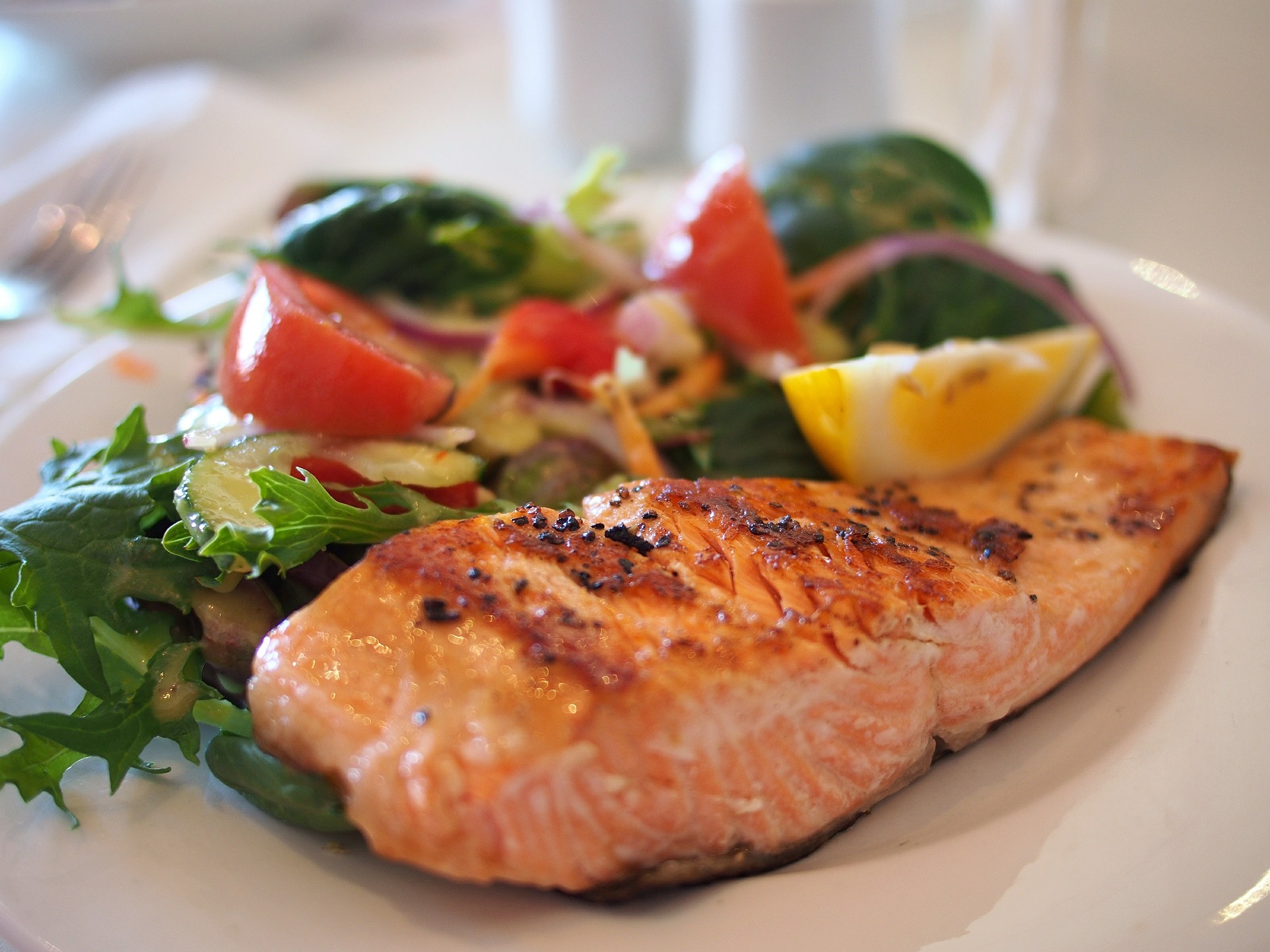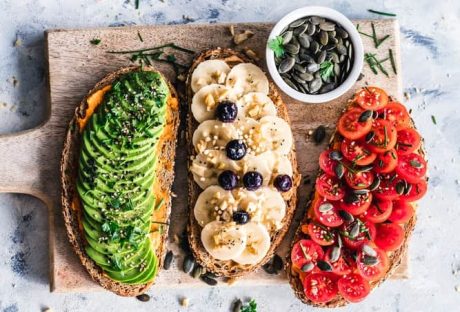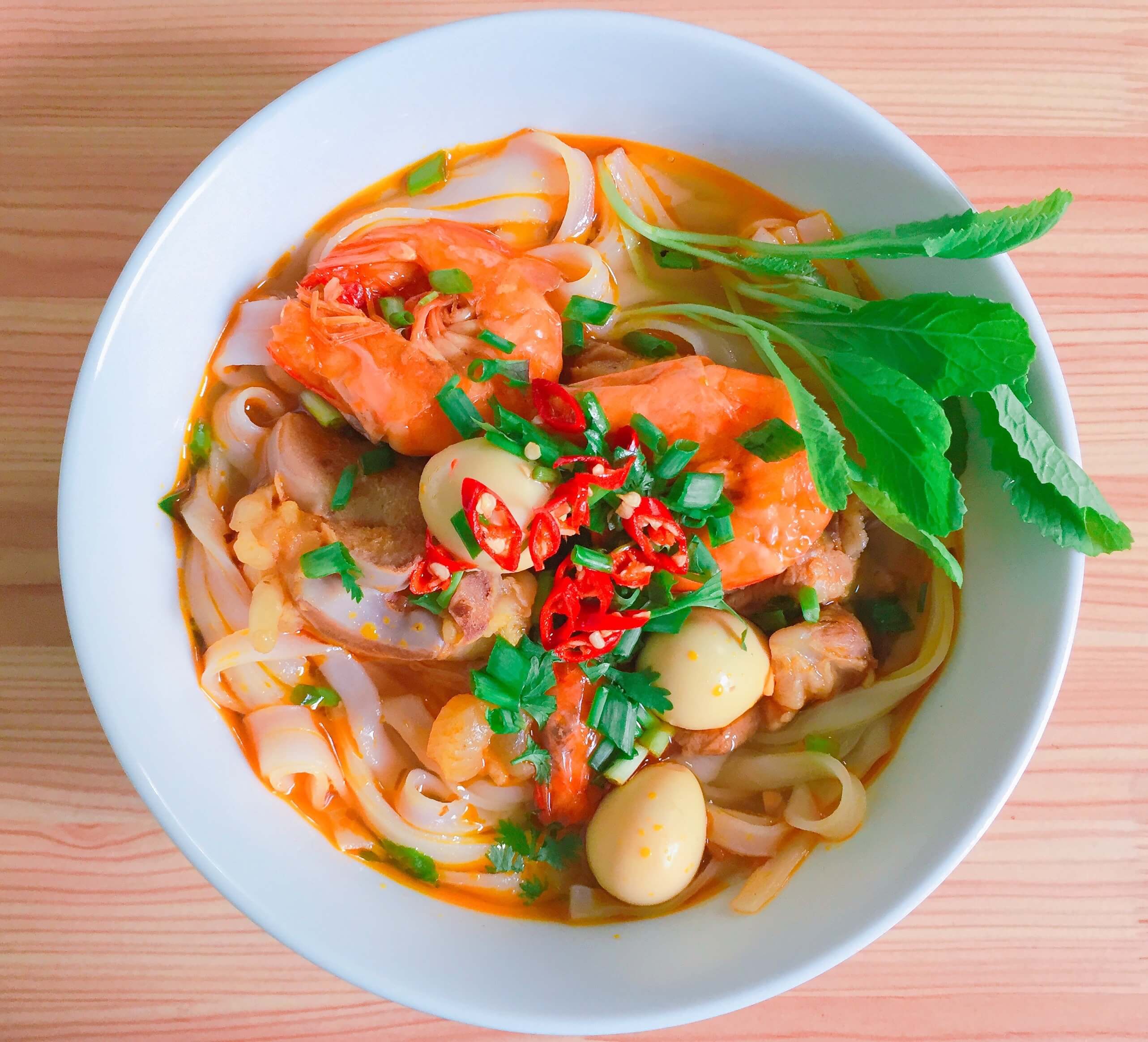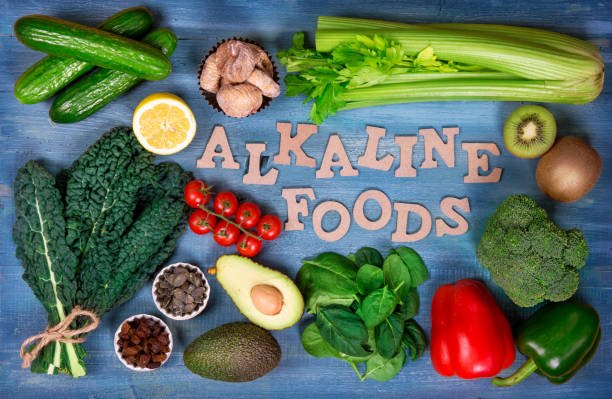Glacing is a process where you preserve fruit in sugar syrup. The process helps in making the fruits sweeter and allowing them to last long. Usually, you can find glace fruits in cakes, bread and other types of pastries. The most common fruits are pears, cherries, and plums. They already taste great as whole fruits, but the flavours come to life, even more, when you choose the glazed version. If you are running a pastry business, you might be familiar with glace fruits as you use them often.
You can choose to glace the fruits if you want to use homemade glace fruits for your business. To glace them, you need to have a pound of fruit that you want, four and a half cups of white sugar and a half cup of corn syrup. It is an excellent idea to glace them at once to avoid going through the entire process several times.
You can peel the fruits or slice them into quarters depending on the type of fruit that you are glacing. You will then place the sliced or peeled fruits at the bottom of the saucepan. Add water, and allow it to simmer until it becomes tender. Take the fruit out of the saucepan and place it on a shallow dish. Remove the water from the pan except for about a cup. Add a half cup each of the sugar and corn syrup into the water. Turn the heat on until the sugar starts to dissolve. Allow it to boil and place the mixture over the fruit. Let it stay there overnight.
On the following day, take the syrup out and place it in a pan. Add another half cup of sugar and allow it to dissolve in heat. When the mixture boils, start putting in the fruits again. After a while, take everything out and transfer it to a container where you can leave it for the next five days. Repeat the process, and keep the fruits there for the next two days. After another repetition, the syrup will start looking like honey. Return the fruits to the mixture and let them soak there for about ten days to 3 weeks.
It is up to you to decide how long you will allow the fruits to soak in the mixture. After that period, take the fruits out from the syrup and arrange them on a wire cooling rack. Let the fruits dry in a warm place or put them inside a dehydrator. Once you can no longer feel a sticky surface, you can take the fruits and place them in a jar. If you want to eat the fruits, you can rehydrate them or put them directly on cakes and pastries.
You don’t need to go through this process:
It might seem like a long process to glace fruit. Aside from the effort, you put into it, you also need to wait for quite some time before you can finally use the fruits. If you are running a pastry business, you already have a lot on your plate, and you don’t want to waste more time to glace the fruits. If you don’t want to wait, you can buy them online. You can find stores that sell glace fruits in bulk. You can get them at a low price too. As long as you don’t see chemicals or preservatives added, it is okay to use these glace fruits.
Read Also:






















